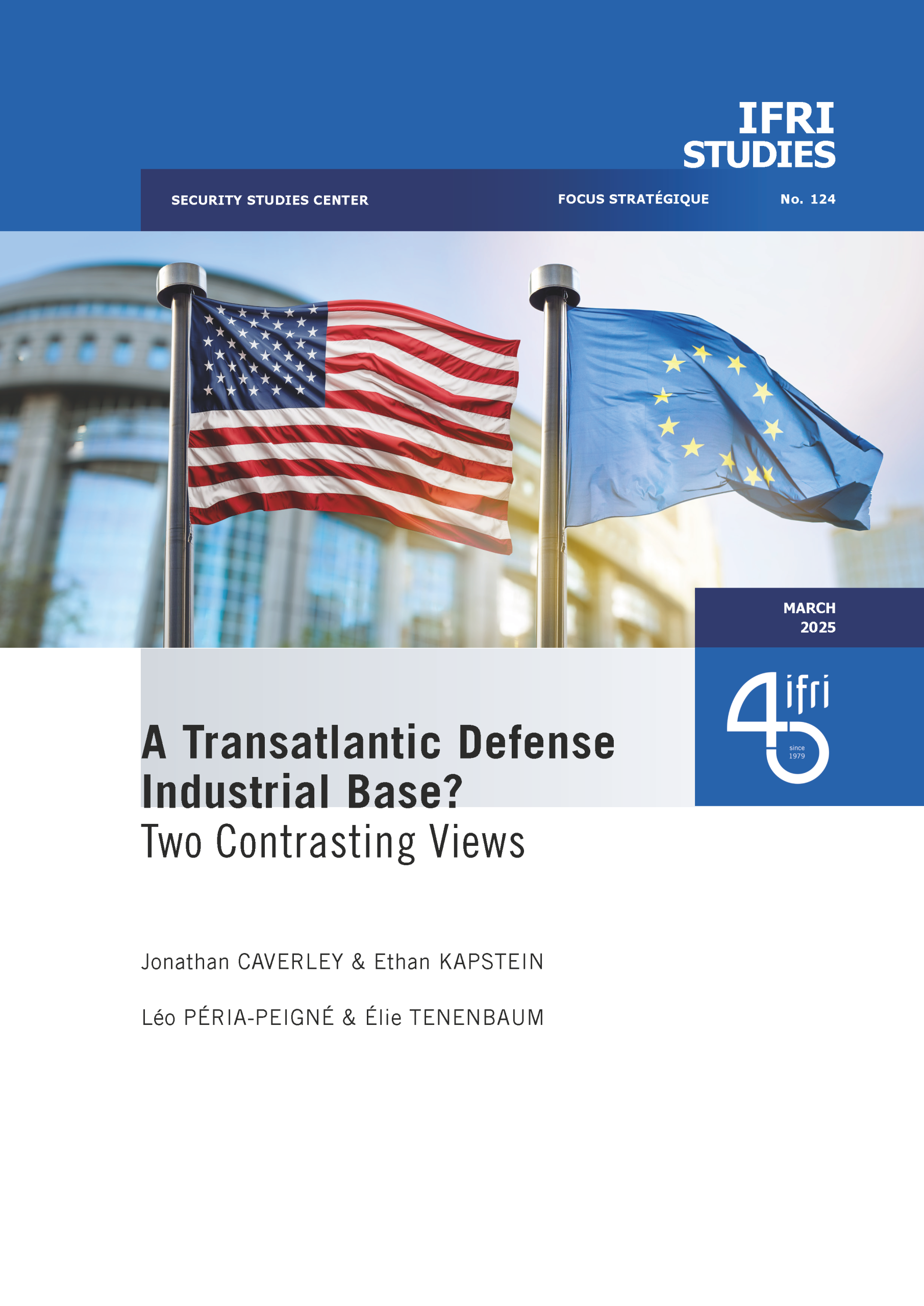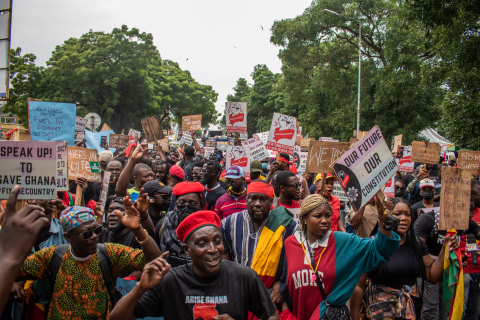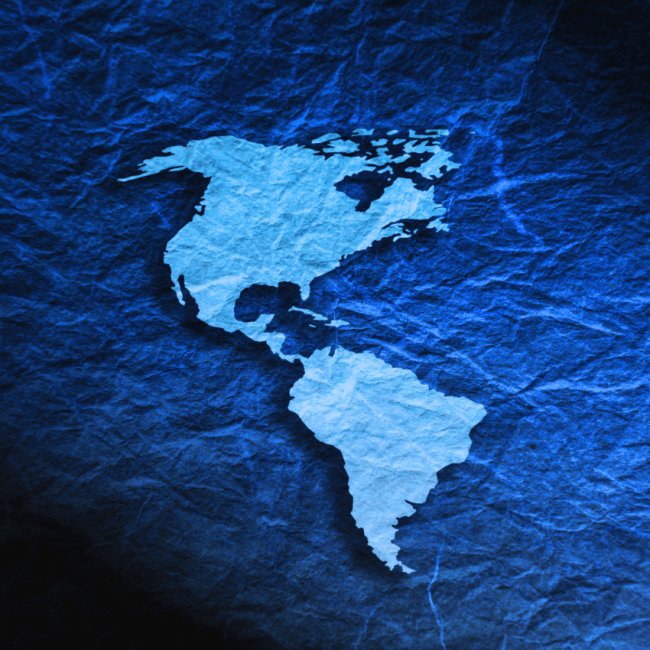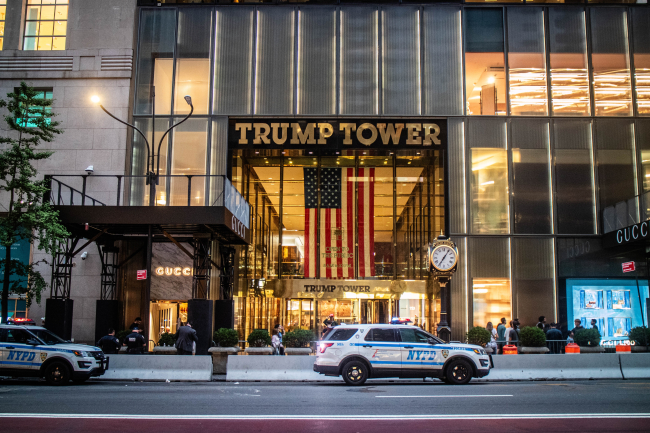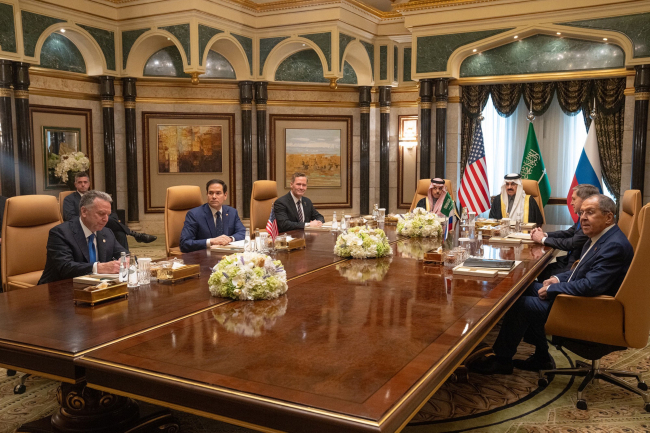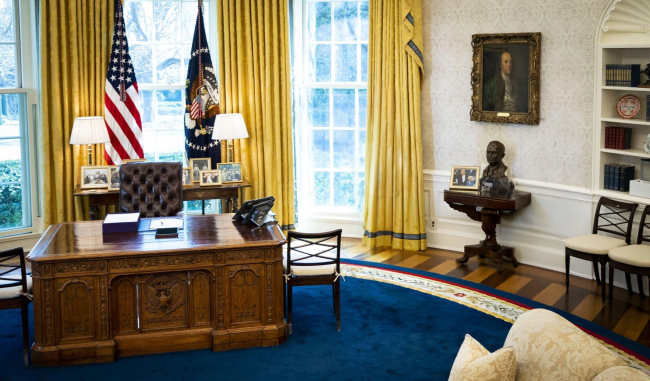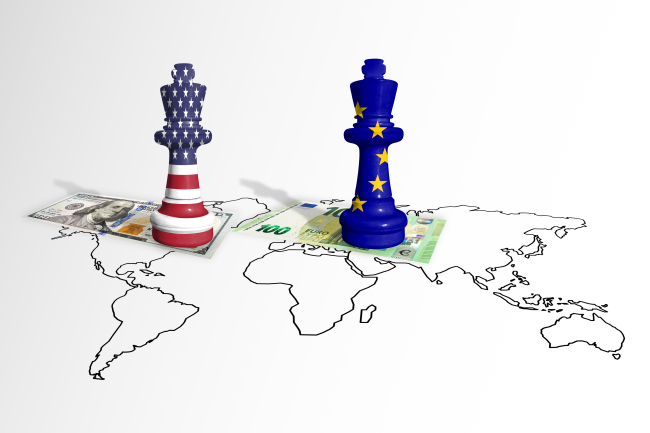From Conservative Nationalists to Tech-Libertarians: Far-Right Ideologies in the Trump 2 Administration
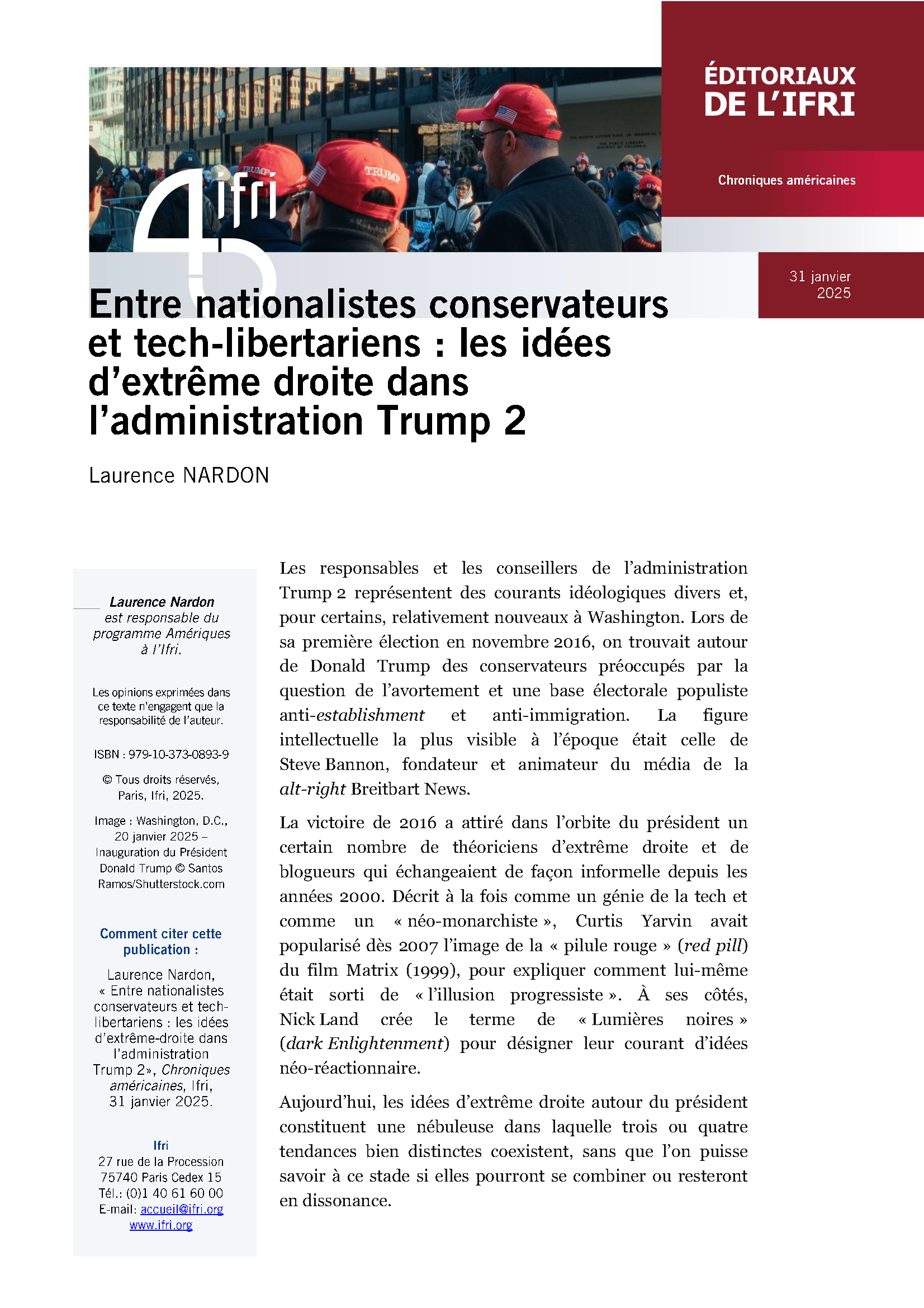
The officials and advisers of the Trump 2 administration represent diverse ideological currents, some of which are relatively new to Washington.

During his first election in November 2016, Donald Trump was surrounded by conservatives concerned with abortion issues and a populist, anti-establishment, anti-immigration voter base. At the time, the most prominent intellectual figure was Steve Bannon, founder and leading voice of the alt-right media outlet Breitbart News.
The 2016 victory drew into the president’s orbit a number of far-right theorists and bloggers who had been exchanging ideas informally since the 2000s. Described both as a tech genius and a “neo-monarchist” Curtis Yarvin popularized the concept of the “red pill” from the film The Matrix (1999) as early as 2007, using it to explain how he had awakened from the “progressive illusion”. Alongside him, Nick Land coined the term “Dark Enlightenment” to describe their neo-reactionary school of thought.
Today, the far-right ideas circulating around the president form a nebulous ecosystem, within which three or four clearly distinct ideological trends coexist—though it remains uncertain whether they will eventually converge or remain in tension.
This editorial is only available in French.

Available in:
Themes and regions
ISBN / ISSN
Share
Related centers and programs
Discover our other research centers and programsFind out more
Discover all our analysesDonald Trump v. the States: the Case of New York
While the disruptive policies of the second Trump administration are being implemented at the federal level and on the international stage, they are also being felt in the federal states and major cities across the country. In the spring of 2025, several cases involving the state and city of New York demonstrate that the president’s attacks on environmental protection, the separation of powers, freedom of speech, etc., are also being carried out at the local level.
How the US under Trump Became a Strategic and Ideological Adversary of Europe
The Europeans' worst security nightmare seems to be coming true: on Tuesday, February 18, 2025, U.S. Secretary of State Marco Rubio and Russian Foreign Minister Sergey Lavrov met in Saudi Arabia to initiate the normalization of relations between their two countries. The meeting also aimed to set up peace negotiations for Ukraine. However, despite having the potential to affect the entire continent, the discussions took place without the Europeans or the Ukrainians being present.
Will Trumpian Authoritarianism Lead to a Constitutional Crisis?
Since his return to the White House on January 20, 2025, President Donald Trump has signed around sixty executive orders to implement his political agenda. Numerous other measures have also been introduced by the White House and the new Department of Government Efficiency (DOGE) as part of these orders.
Trump’s Second Term: Laying the Groundwork for a New Trade War
In a statement released on February 1, 2025, President Trump announced the implementation of a 10% tariff on Chinese goods and a 25% tariff on imports from Canada and Mexico. While the former took effect via executive order on February 4, the latter were granted a 30-day reprieve. Sanctions targeting European Union (EU) products are said to be imminent.


